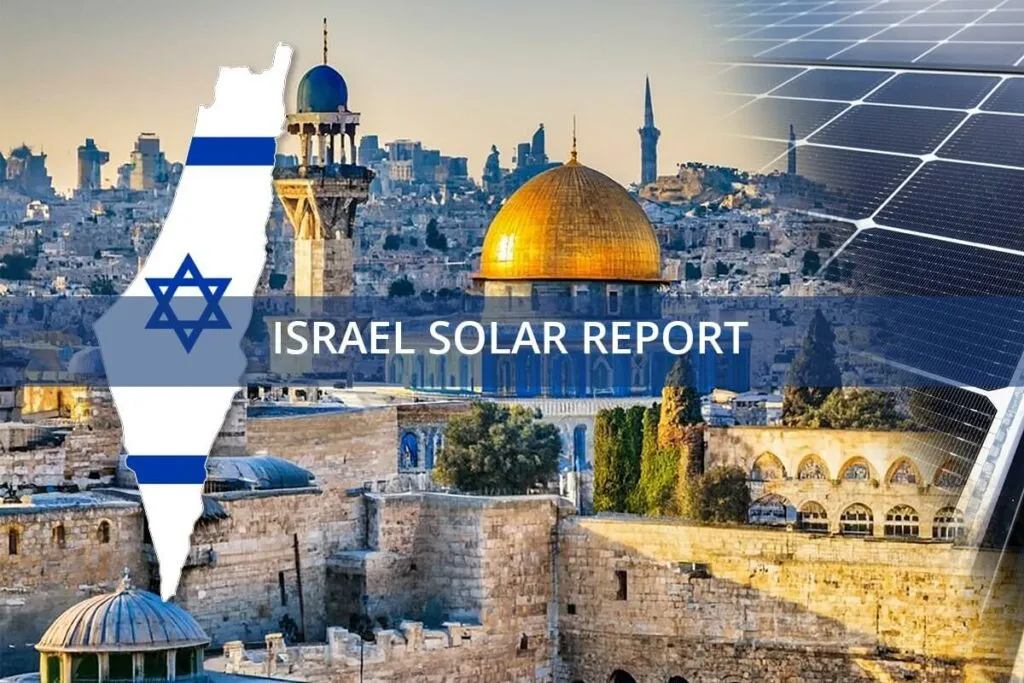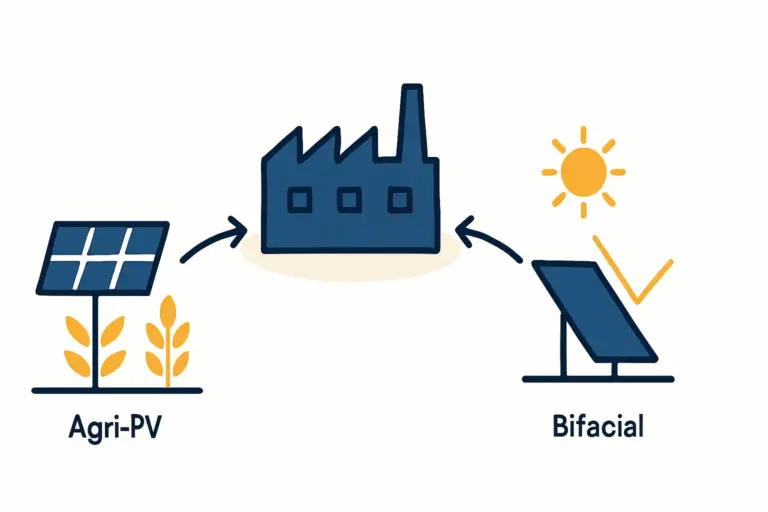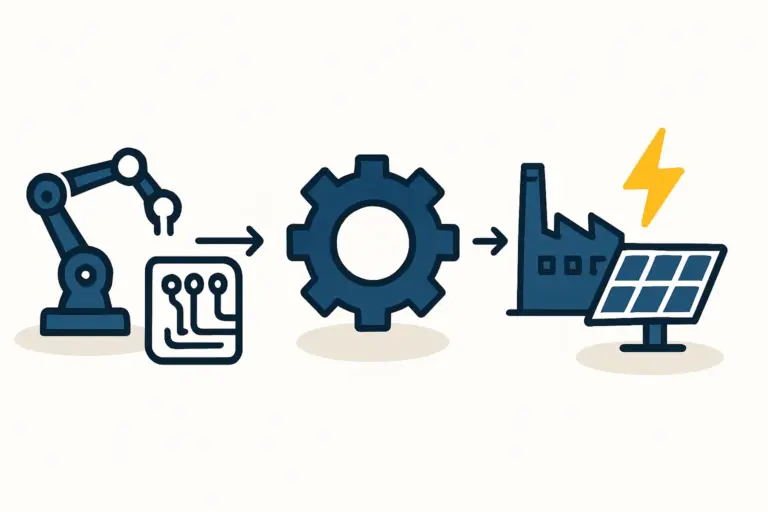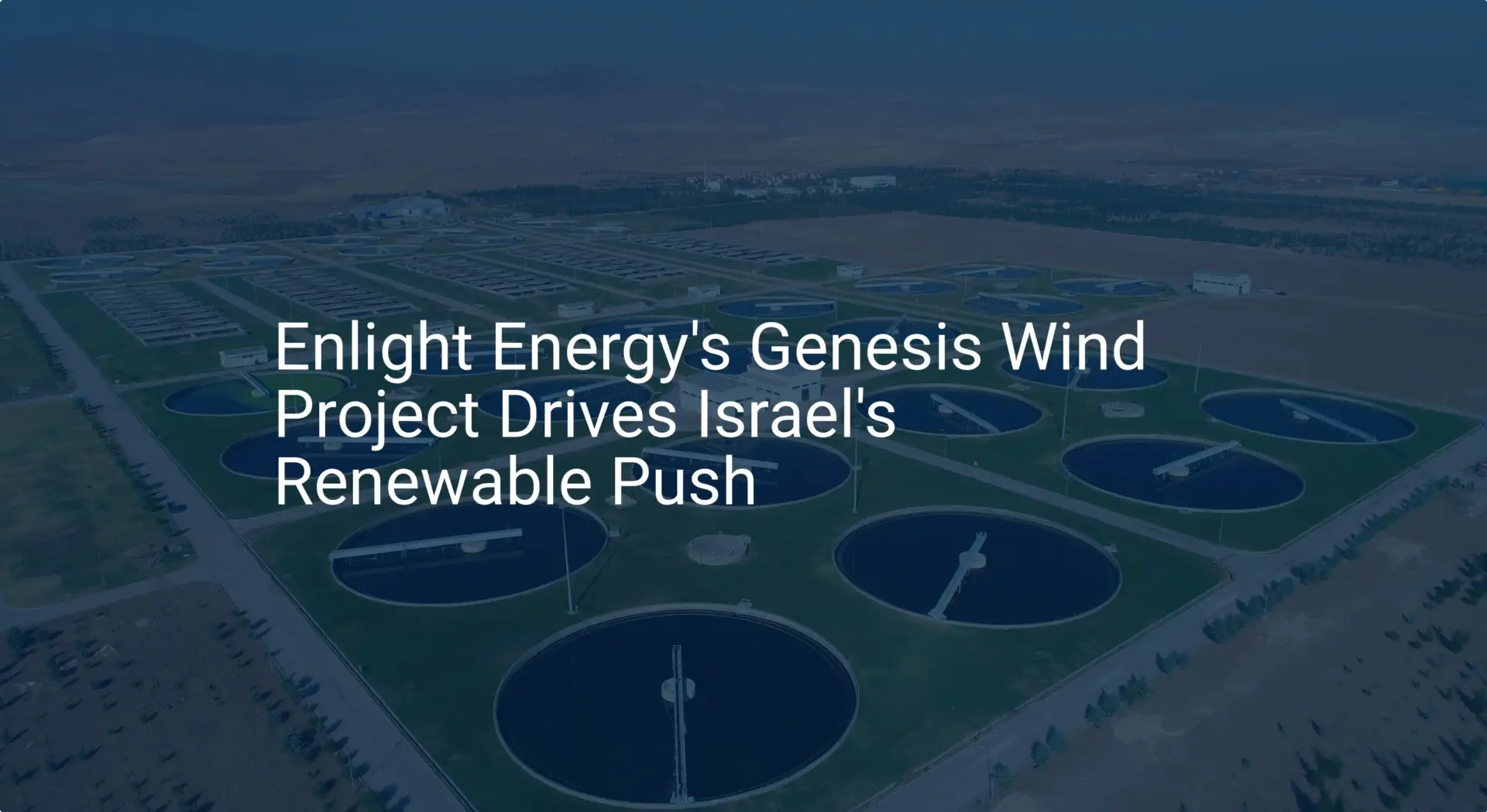Many entrepreneurs view Israel as a global hub for software, cybersecurity, and life sciences. This perception, while accurate, overlooks a significant government-led initiative to build a world-class advanced manufacturing sector with a strong focus on clean technology.
For international entrepreneurs and investors exploring new ventures, this presents a substantial opportunity—not just to enter a dynamic market, but to do so with considerable government financial support.
This guide breaks down the primary investment grant programs available in Israel for clean-tech manufacturing. It explains the strategic goals behind these incentives and outlines the specific avenues for accessing capital investment grants and R&D funding, helping you navigate the landscape effectively.
Israel’s Strategic Vision: A Global Climate-Tech Hub
To understand the grant opportunities, it’s essential to first appreciate the national strategy driving them. The Israeli government has committed to a long-term plan, valued at over NIS 23 billion (approximately $6.3 billion), to establish the country as a global leader in climate technology.
This initiative, backed by the Ministries of Finance, Energy, and Economy, is not merely about environmental goals; it is an economic strategy designed to foster innovation, create industrial infrastructure, and attract international investment.
This commitment signals stability and long-term support for businesses in the sector. For an entrepreneur planning to establish a solar module factory or another clean-tech manufacturing facility, this means the available grants are part of a durable, state-sanctioned vision, not just a short-term program.
The Two Pillars of Government Financial Support
For a prospective manufacturer, government support in Israel is structured around two distinct and powerful channels. One focuses on the initial capital investment required to build and equip the factory, while the other is designed to fund the innovation and research that will give its products a competitive edge.
Pillar 1: Capital Investment Grants for Physical Assets
The cornerstone of support for new industrial enterprises is the Encouragement of Capital Investments Law. This framework is managed by the Israel Investment Center, a division of the Ministry of Economy and Industry. Its primary tool for manufacturers is the Grants Track.
The Grants Track: Direct Funding for Your Facility
The Grants Track provides a direct, non-dilutive grant of up to 30% of the value of the ‘approved investment,’ which primarily covers fixed assets. In practical terms, this includes:
- Construction or renovation of the factory building.
- Purchase of new, industrial-grade machinery and equipment.
- Site development and essential infrastructure.
This grant directly addresses one of the most significant barriers to entry in manufacturing: high upfront costs. This kind of grant can substantially improve project economics and reduce the initial risk for investors. For those new to the industry, understanding the full scope of these costs is a critical first step, as detailed in guides on understanding the costs of setting up a solar factory.
Geographic Focus: National Priority Areas (NPAs)
These generous capital grants are not available everywhere. They are specifically targeted at designated National Priority Areas (NPAs), which include the Galilee region in the north, the Negev region in the south, and certain areas in and around Jerusalem.
This geographic focus is a deliberate industrial strategy. By incentivizing development away from the crowded central region, the government aims to create industrial hubs, develop local workforces, and reduce operational costs for businesses. For a manufacturer, establishing a facility in an NPA offers the dual benefit of a significant capital grant and potentially lower long-term expenses for land and labor.

Pillar 2: R&D Funding through the Israel Innovation Authority (IIA)
While the Grants Track supports the physical plant, the Israel Innovation Authority (IIA) supports the intellectual property and technology that will be developed within it. This is particularly relevant for clean-tech manufacturing, where innovation in areas like material science, cell efficiency, or production processes is key to market success.
The IIA’s Role in High-Tech Manufacturing
Operating under the Innovation Law, the IIA offers a range of programs. For new producers, the most relevant are the R&D Fund and Advanced Manufacturing tracks. These programs offer grants that can cover 20% to 50% of an approved R&D budget. This budget can include:
- Salaries for engineers, technicians, and researchers.
- Materials and components for prototyping and testing.
- Subcontracting for specialized analysis or certification processes.
This funding allows a new enterprise to embed innovation from day one, rather than treating R&D as a future expense. Our experience at J.v.G. Technology with turnkey factory projects confirms this: ventures that integrate R&D early are better positioned to adapt to market changes and achieve higher margins.
The Grant and Royalty Structure: A Co-Investment Model
Crucially, IIA grants are structured as a co-investment, not a simple handout. If the R&D project results in a commercially successful product, the company is required to pay modest royalties to the IIA (typically 3-5% of revenue) until the full grant amount is repaid.
However, if the project is not commercially successful, there is no repayment obligation. This model aligns the government’s interests with the entrepreneur’s. It de-risks the innovation process, allowing companies to pursue ambitious technological goals while ensuring that the public investment is returned from successful ventures.

A Practical Scenario: Establishing a Solar Module Plant
To illustrate how these two pillars work together, consider an entrepreneur planning to build a 50 MW solar module assembly plant in the Negev desert, an NPA.
-
Capital Investment: The project requires a significant investment in the building and key manufacturing equipment like laminators and stringers. The entrepreneur applies to the Israel Investment Center under the Grants Track. If approved, they could receive a grant covering up to 30% of these fixed asset costs, dramatically reducing the initial capital required.
-
Innovation: Simultaneously, the entrepreneur wants to develop a specialized solar module designed for high performance in arid, high-irradiation environments. They submit an R&D plan to the Israel Innovation Authority to fund the development of this new product, including the costs of engineers and prototype materials. The IIA approves a grant for 40% of the R&D budget.
In this scenario, the investor has leveraged both programs. The state has co-funded the physical factory and the unique technology that will be produced inside it, creating a much stronger foundation for the business.
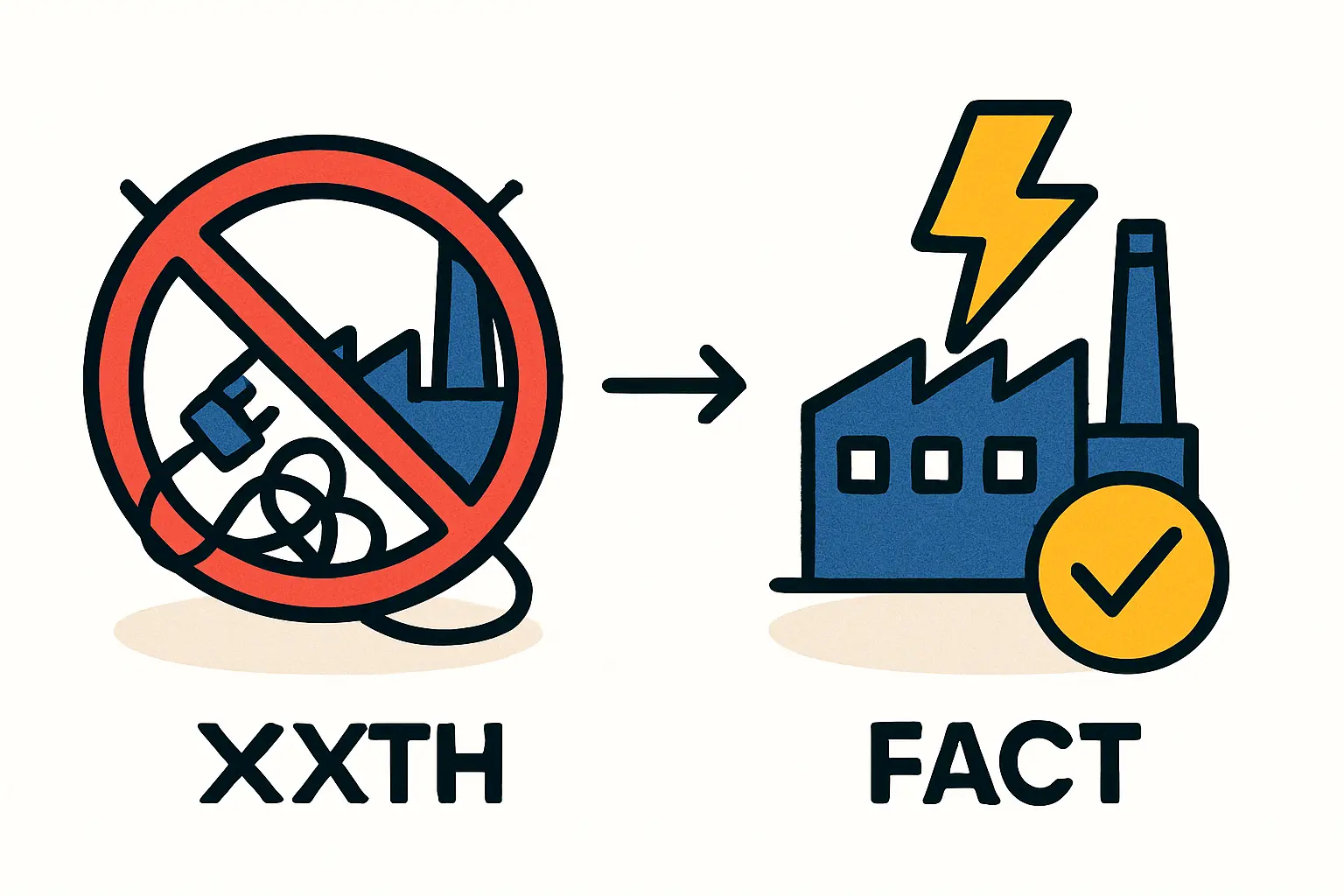
Frequently Asked Questions (FAQ)
What qualifies as ‘Clean-Tech Manufacturing’?
This is a broad category that includes renewable energy equipment (e.g., solar modules, inverters), energy storage solutions, water purification technology, sustainable agriculture equipment, waste recycling systems, and advanced materials that improve energy efficiency.
Is the application process conducted in English?
Yes, the Israel Innovation Authority and the Investment Center are accustomed to working with international investors. Applications and all supporting documentation can typically be submitted in English.
Do I need a local partner in Israel?
While not a strict legal requirement for all programs, having a local presence or an experienced partner is highly advantageous. Local representatives can navigate administrative processes more efficiently and provide crucial context.
How long does the grant approval process typically take?
Timelines can vary depending on the program’s complexity and application cycle. For the IIA, a decision is often reached within three to four months. Capital grant applications may take longer due to the larger sums and physical site assessments involved.
What is the primary difference between a capital grant and an R&D grant?
A capital grant from the Investment Center pays for tangible, fixed assets like buildings and machinery. An R&D grant from the IIA pays for intangible expenses related to innovation, such as salaries and prototype materials, and is often repayable via royalties upon commercial success.
Conclusion and Next Steps
Israel offers a robust, well-structured framework of financial incentives for entrepreneurs in the clean-tech manufacturing space. By offering parallel support for both capital-intensive assets and innovation-driven R&D, the government provides a powerful toolkit to de-risk market entry and accelerate growth.
Understanding these grant structures is a critical first step. The next phase involves developing a comprehensive business plan for your solar factory that is meticulously prepared to meet the stringent requirements of these government bodies. A successful application requires not only a compelling business case but also a clear demonstration of technical feasibility and economic viability.

